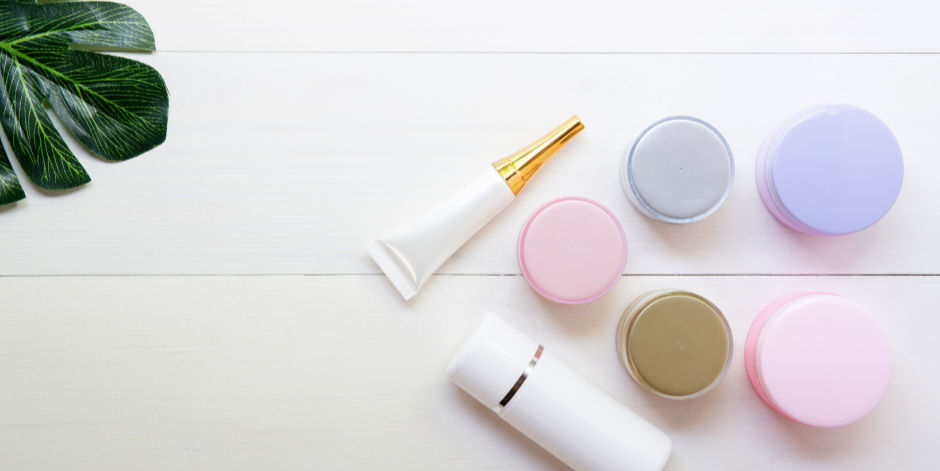The Science Behind Treatment Groups
- Ben Brockman
- Sep 1
- 3 min read
In the world of clinical trials, especially for wellness products like supplements, skincare, and superfoods, the treatment group plays a starring role. Far from being just another research term, this group is where the action happens, where products are put to the test in real-world conditions. Understanding what the treatment group is, how it functions, and why it matters is crucial for brands aiming to make honest, evidence-based claims and for consumers seeking transparency in what they buy.

What Is a Treatment Group?
In clinical research, a treatment group refers to the group of participants who receive the product or intervention being tested. This could be a new anti-aging cream, a gut health supplement, a herbal sleep aid, or even a nutritional product for pets.
This group is contrasted with a control group, which may receive a placebo, no treatment, or a standard product for comparison.
Example: If you're testing a new collagen supplement, the treatment group gets the actual supplement, while the control group might receive a placebo pill.
Why Is the Treatment Group Important?
The treatment group is essential for determining whether a product actually works. It helps isolate the effect of the product from other variables, such as:
The placebo effect
Natural improvements over time
Lifestyle factors
By comparing outcomes between the treatment and control groups, researchers can assess the true efficacy of a product in a scientifically rigorous way.
How Treatment Groups Are Used in Trials
In industries like cosmeceuticals, superfoods, and wellness supplements, clinical trials are increasingly used to support marketing claims like:
“Reduces wrinkles by 30% in 8 weeks”
“Improves energy and focus”
“Clinically tested for improved digestion”
To make these claims credible, brands often rely on trials where a treatment group shows statistically significant improvement compared to a control group.
Design Considerations for a Strong Treatment Group
Creating a valid treatment group requires thoughtful design:
1. Randomization
Participants are randomly assigned to either the treatment or control group to reduce selection bias.
2. Blinding
In double-blind studies, neither the participants nor the researchers know who’s receiving the treatment, reducing bias even further.
3. Sample Size
The number of people in the treatment group must be large enough to detect meaningful differences in outcomes.
4. Duration of Study
Especially for skincare or supplements, effects might take weeks or months to manifest, so adequate trial duration is key.
Benefits for Brands Using a Treatment Group in Trials
For brands, including a treatment group in your clinical study offers powerful advantages:
Stronger marketing claims: “Clinically tested” becomes more than a buzzword.
Regulatory compliance: Especially with FTC scrutiny on product claims.
Consumer trust: Transparency and evidence win over savvy consumers.
Differentiation: Stand out in a crowded market with validated results.
Treatment Group vs. Control Group: Key Differences
Feature | Treatment Group | Control Group |
Product Received | New product/intervention | Placebo or standard/no treatment |
Goal | Test product efficacy | Serve as baseline for comparison |
Result Interpretation | Directly shows product impact | Highlights what happens without it |
Why the Treatment Group Is Central to Clinical Credibility
Simply saying a product “works” isn’t enough. Clinical trials, especially those with well-structured treatment groups, offer the kind of scientific backing that modern consumers and regulators expect.
If you're a brand developing a skin serum, vitamin supplement, or natural pet remedy, investing in a proper clinical study with a treatment group isn't just smart, it's essential. Learn more about how Citruslabs can be your trusted research partner!



